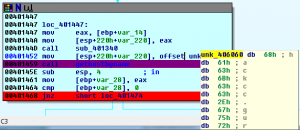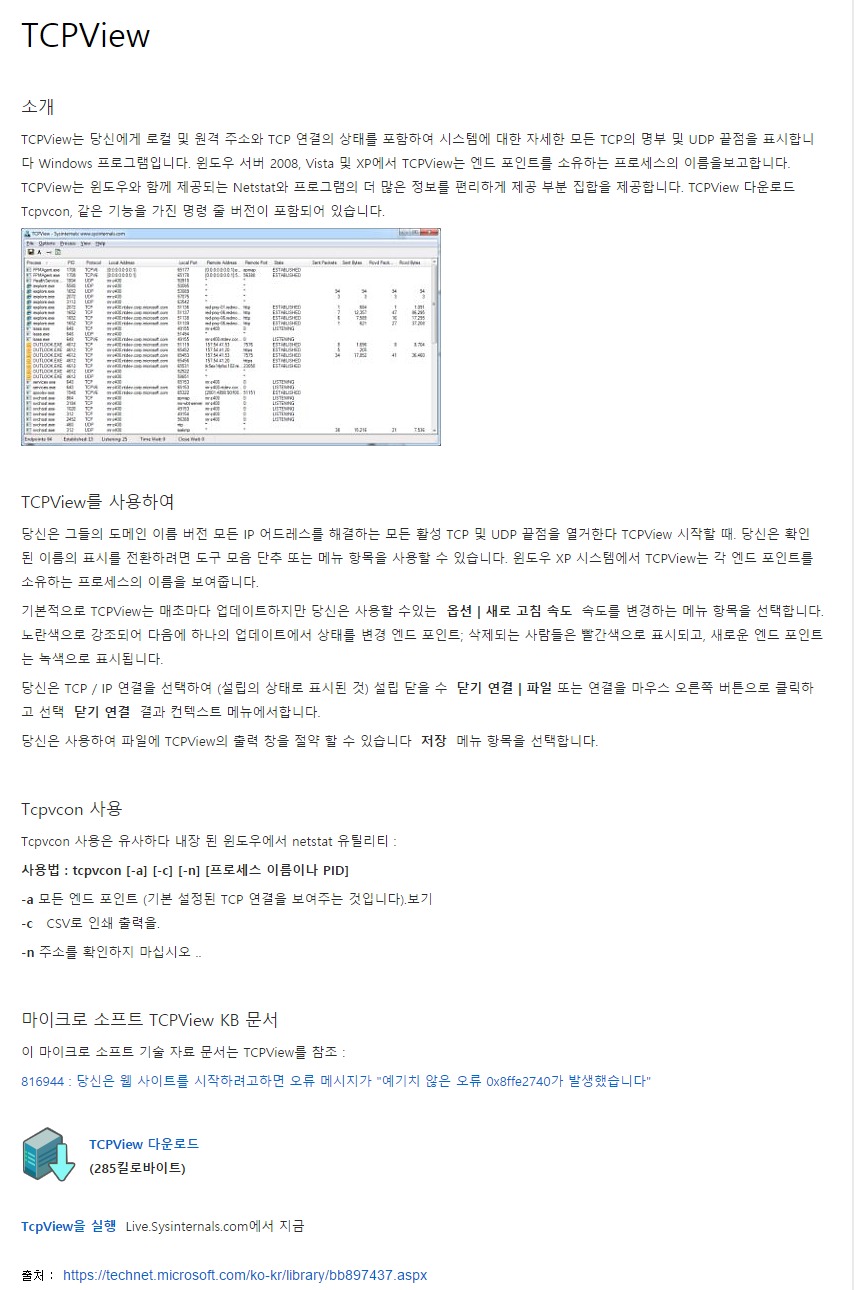

This returns a lot of results, so in this example I pipe the output to head to display just the first 15 lines of output: For example, to show all listening and non-listening connections, use the -all ( -a for short) option. You can use the netstat options above to specify the intended output further. On its own, the netstat command displays all established connections. On a Debian-based system: $ sudo apt-get install net-toolsįor Fedora-based systems: $ dnf install net-tools Use netstat If netstat is not installed on your server, install it with your package manager. Netstat is frequently pre-installed on Linux distributions. Because services running on open ports are often vulnerable to exploitation, practicing regular network monitoring can help you detect suspicious activity early. Netstat and similar network monitoring tools, grouped together in the net-tools package, display information about active network connections. As a beginner, I've discovered that the netstat command provides important insight into my server, both for monitoring and network troubleshooting. However, I believe that understanding how your server connects to other networks and devices is key to establishing a baseline of what's normal for your server, which helps you recognize abnormalities that may suggest a bug or intrusion.

There's very good software like Prometheus to help automate the process, and SELinux to help contextualize and protect system access. Service monitoring and port scanning are standard industry practices. I briefly mentioned monitoring network connections for listening ports, and I want to expand on this by using the netstat command for Linux systems. I shared some important first steps to help manage your personal Linux server in a previous article.


 0 kommentar(er)
0 kommentar(er)
